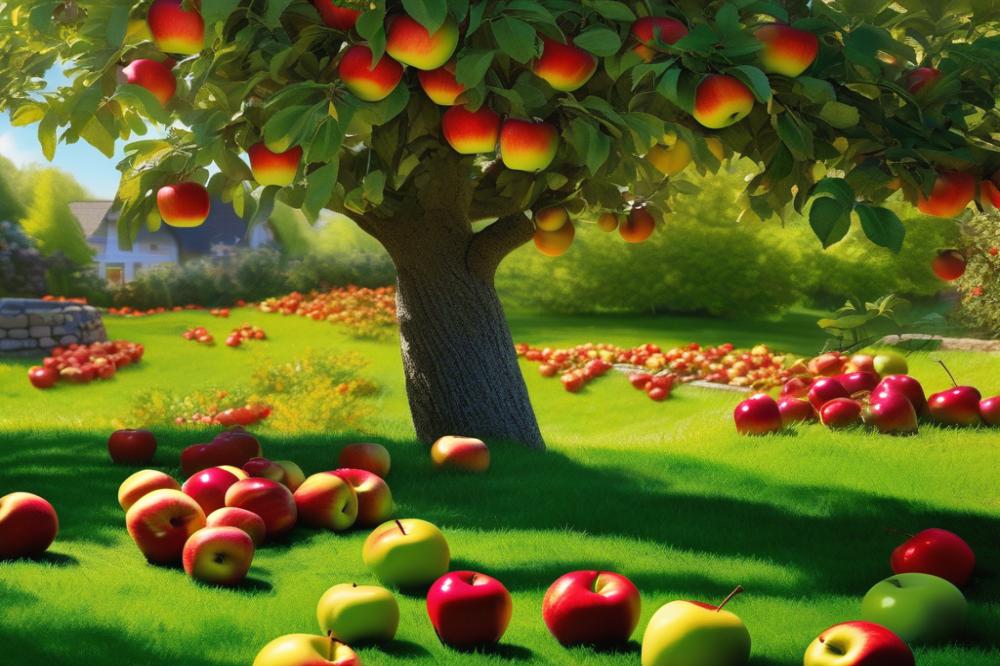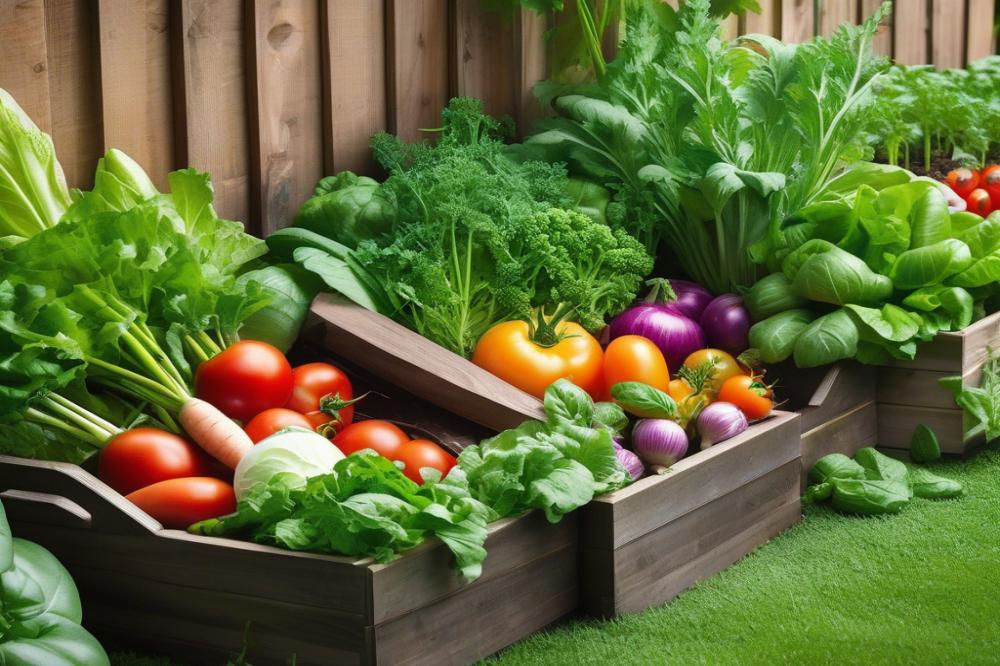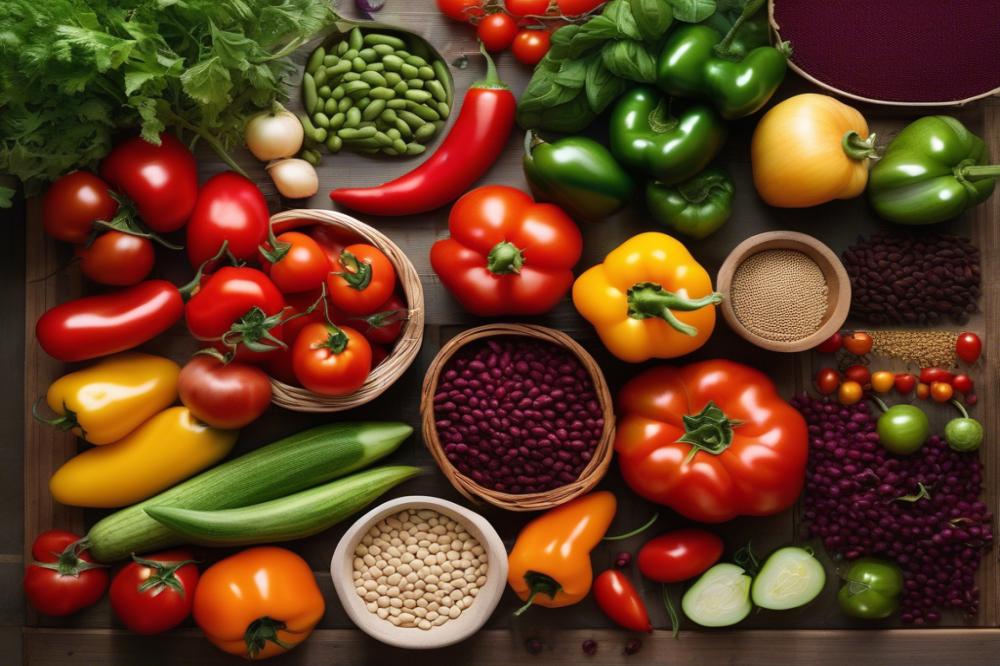The Cultivation and Uses of Spartan Apples
Spartan apples are a delightful variety cherished for their sweet flavor and crisp texture. Developed in British Columbia, this apple was created from a cross between the Newton and the Delicious apple. With its deep red skin and juicy flesh, it’s a favorite among many fruit enthusiasts. Gardeners across North America appreciate its easy cultivation and the vibrant color it brings to orchards.
Home gardening plays a crucial role in promoting sustainability and enhancing local food sources. People growing their own fruits and vegetables can enjoy fresher produce while also gaining a sense of accomplishment. Engaging with nature through gardening can provide relaxation and a break from daily stressors. Moreover, tending to a garden encourages families to come together, fostering bonds and conversations around shared efforts. Spartan apples serve as a wonderful addition to any backyard, making gardening an even more rewarding experience.
The purpose of this article is to explore both the cultivation methods for Spartan apples and their various uses. Understanding how to grow these apples can help new gardeners develop their skills effectively. It will also highlight some creative ways to enjoy the fruits once they are harvested. Exploring the world of Spartan apples can inspire more people to try their hand at gardening. Join us as we delve into the specifics of care for this fruitful tree and the delicious possibilities it offers. For those interested in learning more, check out our discussion on home gardening practices to maximize your yields and get the most out of your plants, thus ensuring healthy growth all year round. This knowledge will make gardening about more than just planting seeds; it becomes an adventure in flavors and learning.
Spartan Apples: An Overview

Description of Spartan apples
Spartan apples are a delightful variety known for their sweet taste. These apples have a striking red hue with occasional yellow splashes. Their small to medium size makes them easy to handle, perfect for both children and adults alike. With a crisp texture, they are enjoyable to bite into. Juices burst forth with each crunch, creating a refreshing experience for the palate. They are highly sought after for fresh eating, but can also be used in cooking and baking.
History and origin of the cultivar
In the world of apple varieties, the Spartan has a fascinating history. This cultivar was developed in British Columbia, Canada, during the late 1930s. A cross between the delicious Rebel and the well-known McIntosh, it was created with the aim of combining the best attributes of both. Farmers quickly recognized its potential in orchards. By the 1960s, Spartan apples began to gain popularity in markets across North America. Their consistent quality has helped them maintain a steady presence in fruit stands.
Characteristics of Spartan apples (flavor, texture, color)
Flavor is where Spartan apples truly shine. They offer a balance of sweetness and light tartness, making them enjoyable for many. Parents often pick these apples for school lunches. This variety has a firm, crisp texture that contributes to its appeal. Color also plays a significant role in its attractiveness. The vibrant red skin draws the eye, while the creamy white flesh underneath complements the exterior beautifully. Ideal for snacking, these apples stand out among other types for their refreshing characteristics.
Cultivation Practices

Spartan Apples thrive in specific growing conditions. They prefer a temperate climate with cold winters and warm summers. Soil type plays an important role as well. Well-drained loamy soil is ideal for their growth. A pH level between 6.0 and 6.8 works best.
Proper Planting Techniques
When planting, it’s crucial to choose the right spot. Select a location that gets full sunlight for at least six hours a day. Dig a hole that is about twice as wide as the root ball. The depth should be similar to the height of the roots. Make sure to keep the soil loose to allow roots to spread easily.
Watering and Fertilization Guidelines
A consistent watering schedule is vital. Young trees need frequent watering, especially during dry spells. However, avoid over-saturating the soil. Fertilizing should begin in early spring. Use a balanced fertilizer to promote healthy growth.
Pest and Disease Management
Monitoring for pests is necessary. Aphids and spider mites can become common problems. An integrated pest management approach can be effective. Insects can often be controlled by introducing beneficial predators. Additionally, regular inspections help catch diseases early. Fungal infections require prompt treatment with appropriate fungicides.
Pruning and Maintenance Tips
Pruning helps maintain tree shape and encourages fruit production. It’s best to prune during late winter or early spring. Remove any weak or crossed branches to promote airflow. Inspect the tree regularly for signs of disease or damage. Consistent care will lead to better fruit quality and yield.
Harvesting Spartan Apples

Signs of Maturity and Readiness for Harvest
The season for picking Spartan apples typically occurs in late summer to early fall. A key indicator of ripeness is the color of the skin, which should show a blend of bright red and green hues. Feel the firmness of the fruit; it should be crisp yet slightly yielding. When apples drop naturally from the tree, this is a sign they are ready for harvest. Taste testing can also help determine if they have developed their characteristic sweetness, indicating optimal conditions for picking.
Best Practices for Harvesting
Harvesting techniques play a significant role in producing high-quality fruit. Always use clean, sharp tools when cutting the apples from the tree to avoid damaging the fruit or the tree itself. Picking should be done gently to prevent bruising. It is advisable to wear gloves to maintain grip and protect the hands. Place apples carefully into baskets or containers; overcrowding can lead to injuries. Timing is crucial; harvest on dry days to reduce the risk of mold and rot during storage.
Storing Procedures to Prolong Freshness
After gathering Spartan apples, storing them properly is essential to maintain freshness. Start by inspecting each apple, removing any that show signs of spoilage. Storage in a cool, dark place is ideal. Temperatures around 32°F (0°C) help inhibit deterioration. Arrange the apples in a single layer to ensure air circulation. If using a refrigerator, keep apples in a separate drawer away from other produce to minimize ethylene exposure. Wrapping the apples in newspaper can provide an extra layer of protection from bruising during storage.
Uses of Spartan Apples
Culinary Uses
Spartan apples are versatile in the kitchen. Many enjoy them raw for their sweet flavor and crisp texture. Their refreshing taste makes them perfect for snacking. When cooking, they hold their shape well. This quality is beneficial in savory dishes and sauces. Baked goods, too, benefit from their sweetness. Pies and crumbles are especially popular. These apples bring a delightful touch to desserts. They can also be added to salads for a burst of flavor.
Nutrition Information and Health Benefits
Eating Spartan apples can be good for your health. They provide essential nutrients like vitamin C and dietary fiber. These components support immune health and digestive function. Low in calories, they are an excellent choice for snacks. Regular consumption may help reduce the risk of chronic diseases. Antioxidants found in apples are known for fighting free radicals. This can lead to healthier skin and overall wellness. Including them in your diet can promote heart health, too.
Potential for Beverages and Preserves
Beyond fresh eating, Spartan apples can be transformed into various beverages. Ciders made from these apples are both refreshing and flavorful. Homemade apple juice is another delightful option for families. Fans of preserves enjoy the sweet taste of apple jams and jellies. With the right recipe, a smooth apple butter can be created. This spread is perfect on toast or as a gift. The options are vast when it comes to using this apple variety. People often find new ways to enjoy Spartan apples throughout the year.
Growing Spartan Apples in Your Garden
Choosing the Right Location in Your Garden
Finding the perfect spot is essential for growing Spartan apples. A sunny area that receives at least six hours of sunlight each day will benefit these trees. Sandy or loamy soil is ideal, as it drains well while still holding moisture. Avoid areas prone to flooding or heavy winds. Planting near a structure can offer some protection. Furthermore, ensure there’s enough space for mature trees to spread their branches comfortably.
Companion Planting and Garden Design Tips
Consider companion plants that support apple trees. Planting garlic or chives can keep pests at bay. Some gardeners find that marigolds help deter harmful insects. These colorful flowers not only enhance the garden’s appearance but also create a thriving ecosystem. Group your apple tree with diverse plants to encourage pollinators. Design your layout with consideration for growth patterns. Mixing taller crops with Spartan apples can maximize your garden space.
Seasonal Care and Maintenance Throughout the Year
Spring marks a crucial time for your apple tree. Pruning should occur before buds break, removing dead or crossing branches. Fertilize with balanced nutrients to promote healthy growth. Monitor for pests, as young trees can be vulnerable. In summer, water deeply during dry spells. This sustains the tree, especially when the fruit begins to set.
As autumn approaches, prepare for harvest. Time to pick apples is critical; they should be firm and well-colored. Mulching around the base helps suppress weeds and retain moisture as winter nears. From November to March, prevent frost damage by wrapping the tree. Keep an eye out for any signs of disease during the cold months. Regular checks will keep your Spartan apple tree thriving.
Final Thoughts on Spartan Apples
The benefits of growing Spartan apples are numerous. They thrive in various climates, making them accessible for many gardeners. Their sweet and crisp texture is appealing, not just for fresh eating but also for cooking. These apples can be enjoyed straight from the tree, baked into pies, or even pressed into cider. Cultivating Spartan apples can enhance your garden while improving local biodiversity. In addition, they require relatively low maintenance compared to other apple varieties, which makes them ideal for novice gardeners.
Starting your own Spartan apple cultivation journey can be rewarding and simple. Whether you have a spacious yard or just a small patio, there’s potential to grow these delicious fruits. Take the first step by researching local nursery options or checking with community gardeners in your area. Sharing experiences with fellow growers may also provide valuable insights and inspiration. Gardening can bring a sense of connection, not just to nature but also to your community.
Embracing sustainable gardening practices is crucial for the planet and future generations. Using organic methods limits the impact on both the environment and your health. Choosing to grow apples naturally also supports the local ecosystem. Planting trees, such as the Spartan variety, helps to reduce carbon footprints. In flourishing gardens, wildlife can thrive, creating a vibrant space. Together, these efforts contribute to a greener world.
All in all, growing your own Spartan apples can be a fulfilling hobby. If you’ve ever dreamt of stepping into the world of home gardening, now is a great time to start. There’s nothing quite like a fresh apple from your own backyard. Your journey in growing apples can be the beginning of a deeper commitment to sustainable practices. Start today, and enjoy the unlimited possibilities for your health, palate, and environment. Don’t forget to check out #anchor_text_3# and explore #anchor_text_4# for more tips and tricks in gardening.



